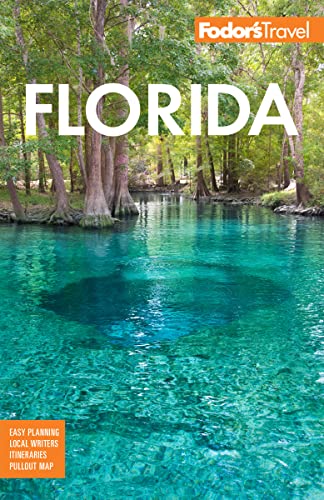Getting Oriented in the Everglades
The southern third of the Florida peninsula is largely taken up by protected government land that includes Everglades National Park, Big Cypress National Preserve, and Biscayne National Park. Miami sits to the northeast, with Naples and Marco Island to the northwest. Land access to Everglades National Park is primarily by two roads. The park's main road traverses the southern Everglades from the gateway towns of Homestead and Florida City to the outpost of Flamingo on Florida Bay. To the north, Tamiami Trail (U.S. 41) cuts through the Everglades from Greater Miami on the east coast or from Naples on the west coast to the western park entrance near Everglades City at Route 29.
- Everglades National Park. Alligators, Florida panthers, black bears, manatees, dolphins, bald eagles, and roseate spoonbills call this vast swamp habitat home. Hike the trails, kayak, or take a boat tour in the backwaters to truly experience the River of Grass.
- Big Cypress National Preserve. Neighbor to Everglades National Park, it's an outdoor lover's paradise and great spot for camping, kayaking, and stargazing.
- Biscayne National Park. The string of coral reefs and islands that form the Florida Keys starts at this mostly underwater park, where boating, snorkeling, and kayaking through mangroves are top activities.
- Everglades City. In this small swamp town in Southwest Florida, the Ten Thousand Islands and fresh seafood await.
- Florida City. The last suburb of Miami before reaching the Florida Keys, Florida City is the gateway to Everglades National Park.
- Homestead. A historic district is surrounded by a mix of modern living and farmland, including an exotic-fruit winery.
- Tamiami Trail. This 100-year-old road is the path to Old Florida's wildest areas and where you'll access most air boating tours.




